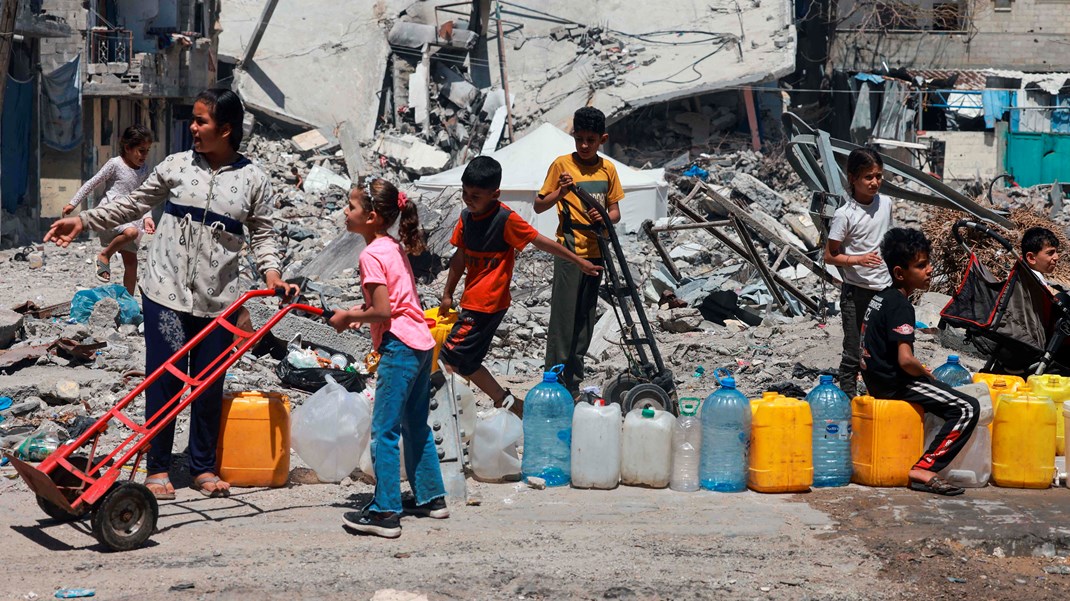Immediate actions needed in Yemen to avoid famine
Crisis overview
The UN has warned that Yemen is at risk of falling into famine if the international community does not take immediate steps to address the severe food and nutrition crisis. 6.8 million people (25% of the population) are facing Emergency (IPC Phase 4) levels of food insecurity, only one phase before the declaration of famine. A further 10.2 million (38% of the population) are facing Crisis (IPC Phase 3). The population in Crisis and Emergency has increased by 20% compared to June 2016.
Key findings
Anticipated scope and scale
Without a significant upturn in the food security situation, 6.8 million people are in danger of falling into famine, and 10.2 million people are at risk of falling in to IPC Phase 4.
Priorities for humanitarian intervention
Food security is rapidly deteriorating and the situation is now close to famine, with 17.1 million people in need of urgent lifesaving assistance.
Nutrition levels are critically low, particularly in the west and south of the country. 4.5 million people need assistance to treat or prevent malnutrition, including 2.2 million children suffering from acute malnutrition, 462,000 of whom are suffering from severe acute malnutrition (SAM).
Health services severely weakened by conflict are struggling to provide treatment for malnutrition, feeding centres are under-resourced. Cholera, diarrhoea, measles, malaria and other diseases are present, and treatment is often unavailable and hard to access due to widespread damage to infrastructure and insufficient medical supplies coming into the country.
Humanitarian constraints
Damage to infrastructure is severe and widespread, and therefore many areas are difficult to access, particularly in the south and west where humanitarian needs are the most severe. Humanitarian workers face insecurity and movement restrictions.
Getting a sufficient amount of aid into the country is very challenging due to the blockade on imports and conflict in port areas, as is the distribution of aid once it has entered the country.


